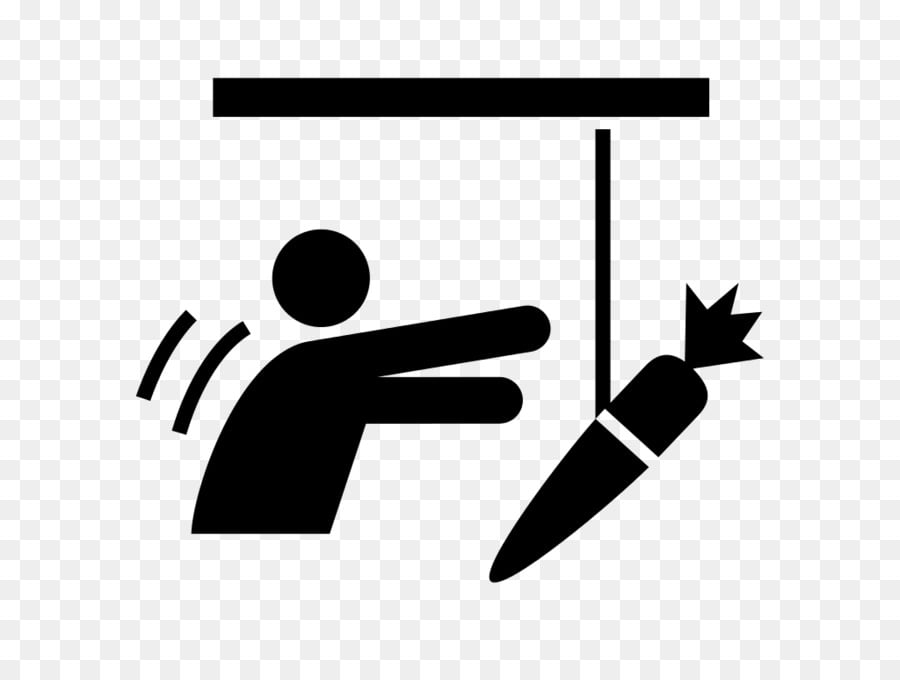Decision-Making and Effective Problem Framing: A Multifaceted Approach
Introduction: This article explores the critical interplay between decision-making and effective problem framing, examining key concepts and providing practical applications across personal and professional contexts. We will define decision-making as the cognitive process of selecting a course of action among multiple alternatives, and problem framing as the process of defining and structuring a problem to facilitate its solution. We will analyze this process through the lens of several established models and theories, including the bounded rationality model, the rational decision-making model, and stakeholder theory.
1. The Foundational Role of Problem Framing in Decision-Making: Effective problem framing is paramount to successful decision-making. It involves clearly identifying the problem's core components, distinguishing symptoms from root causes. This aligns with the rational decision-making model, emphasizing a structured approach to problem-solving that begins with a clear problem definition. Failure to accurately frame a problem often leads to ineffective solutions that address symptoms rather than the underlying issue. Consider Simon's bounded rationality model – acknowledging cognitive limitations and the need to simplify complex problems before making decisions. A poorly framed problem will limit the effectiveness of even the most insightful solutions.
2. Decomposition and Analysis: A Structured Approach to Problem Solving: Complex problems often benefit from decomposition – breaking them down into smaller, more manageable sub-problems. This allows for a more focused and detailed analysis of each component. This approach resonates with the principles of systems thinking, recognizing that problems are often interconnected parts of a larger system. Analyzing these individual parts allows for the identification of critical leverage points where interventions will have the greatest impact. For instance, a business experiencing declining sales might decompose the problem into market analysis, competitor analysis, pricing strategies, marketing effectiveness and customer feedback mechanisms.
3. Exploring Multiple Alternatives: Expanding the Solution Space: The decision-making process should not be limited to a single solution. A comprehensive approach involves exploring multiple alternatives, considering their potential impacts and feasibility. This aligns with the concept of opportunity cost, recognizing the value of forgone options. Using a decision tree or similar analytical tool facilitates a systematic exploration of various paths and their consequences, ultimately leading to more informed choices. For example, selecting a university requires analyzing aspects like program quality, cost, location, and career prospects across various institutions.
4. Risk Assessment and Cost-Benefit Analysis: Navigating Uncertainties: Decision-making inevitably involves uncertainty. A thorough risk assessment, coupled with a cost-benefit analysis, is essential. This helps to identify and evaluate potential risks and rewards associated with each alternative. This method complements the rational decision-making model by incorporating quantitative analysis to guide choice. For example, a career change requires assessing the potential financial implications, job security, professional development opportunities, and work-life balance, using methods such as sensitivity analysis to quantify risks and uncertainties.
5. Stakeholder Engagement and Collaborative Decision-Making: Effective decision-making frequently requires the involvement of multiple stakeholders. Stakeholder theory emphasizes the importance of considering the interests and perspectives of all parties affected by a decision. Collaboration encourages diverse viewpoints, leading to more robust and well-informed decisions. For instance, a project team’s success hinges on incorporating the expertise and perspectives of every member, fostering open communication and joint problem-solving. Brainstorming sessions and collaborative workshops are powerful tools to leverage this.
6. Time Management and Prioritization: Effective Resource Allocation: Effective decision-making requires efficient time management. Prioritizing tasks and allocating resources strategically ensures that critical decisions are made promptly. Applying principles of time management, such as the Eisenhower Matrix (urgent/important), helps to allocate attention and resources effectively to critical aspects of the problem and prevents delays. This directly impacts the cost and overall success of a project or endeavor.
7. Seeking Expertise and Knowledge Acquisition: Bridging Information Gaps: Decision-making is often constrained by information limitations. Seeking expert advice or conducting thorough research can address these limitations, strengthening the decision-making process. This principle complements the rational model by emphasizing the need for sufficient information. Consulting industry experts, conducting market research, or reviewing relevant literature can supply this missing data.
8. Continuous Learning and Reflection: Improving Decision-Making Capabilities: Reflecting on past decisions, analyzing both successes and failures, provides valuable learning opportunities and improves future decision-making. This aligns with the concept of experiential learning, demonstrating the iterative and improving nature of the decision-making process. This should be treated as a feedback loop where lessons learned inform future processes and decision-making practices.
Conclusions and Recommendations: Effective problem framing is an indispensable element of sound decision-making. A structured approach that combines problem decomposition, multi-alternative exploration, risk assessment, stakeholder engagement, and time management significantly enhances decision quality. Organizations and individuals can benefit from implementing systematic decision-making frameworks, fostering a culture of continuous learning and reflection, and proactively seeking expertise to bridge information gaps. Further research could explore the integration of artificial intelligence and machine learning in decision support systems, particularly for complex problem domains where human cognitive limitations are pronounced. The impact of these improved processes is a significant increase in the effectiveness and efficiency of decisions made within various domains, from personal life to large-scale projects and business ventures.
Reader Pool: What strategies or models do you find most effective in balancing the need for rapid decision-making with the requirement for comprehensive problem analysis?
```




No comments yet. Be the first to share your thoughts!